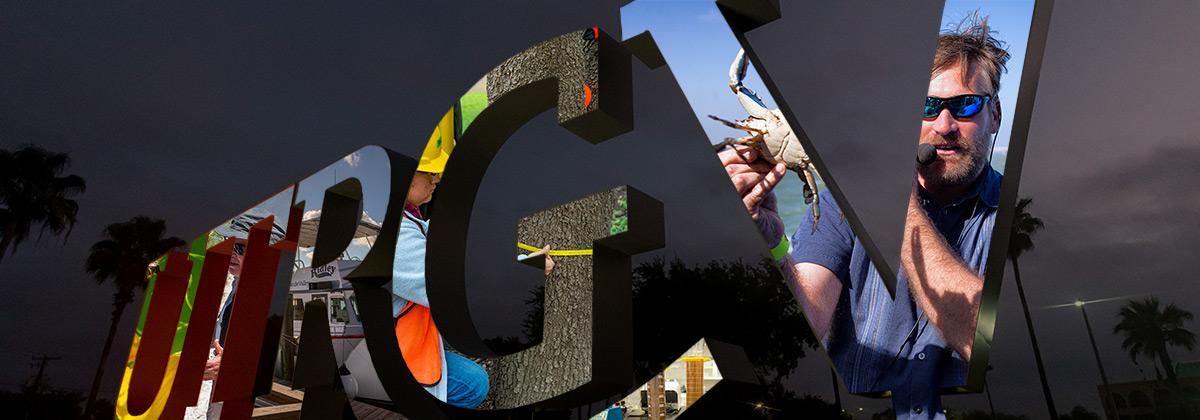
School of Earth, Environmental, and Marine Sciences Faculty Publications and Presentations
Document Type
Article
Publication Date
8-25-2024
Abstract
Microeukaryotes are key contributors to marine carbon cycling. Their physiology, ecology, and interactions with the chemical environment are poorly understood in offshore ecosystems, and especially in the deep ocean. Using the Autonomous Underwater Vehicle Clio, microbial communities along a 1050 km transect in the western North Atlantic Ocean were surveyed at 10–200 m vertical depth increments to capture metabolic signatures spanning oligotrophic, continental margin, and productive coastal ecosystems. Microeukaryotes were examined using a paired metatranscriptomic and metaproteomic approach. Here we show a diverse surface assemblage consisting of stramenopiles, dinoflagellates and ciliates represented in both the transcript and protein fractions, with foraminifera, radiolaria, picozoa, and discoba proteins enriched at >200 m, and fungal proteins emerging in waters >3000 m. In the broad microeukaryote community, nitrogen stress biomarkers were found at coastal sites, with phosphorus stress biomarkers offshore. This multi-omics dataset broadens our understanding of how microeukaryotic taxa and their functional processes are structured along environmental gradients of temperature, light, and nutrients.
Recommended Citation
Cohen, N.R., Krinos, A.I., Kell, R.M. et al. Microeukaryote metabolism across the western North Atlantic Ocean revealed through autonomous underwater profiling. Nature Communincations 15, 7325 (2024). https://doi.org/10.1038/s41467-024-51583-4
Creative Commons License

This work is licensed under a Creative Commons Attribution-NonCommercial-No Derivative Works 4.0 International License.
Publication Title
Nature Communications
DOI
https://doi.org/10.1038/s41467-024-51583-4


Comments
This article is licensed under a Creative Commons Attribution-NonCommercial-NoDerivatives 4.0 International License, which permits any non-commercial use, sharing, distribution and reproduction in any medium or format, as long as you give appropriate credit to the original author(s) and the source, provide a link to the Creative Commons licence, and indicate if you modified the licensed material. You do not have permission under this licence to share adapted material derived from this article or parts of it. The images or other third party material in this article are included in the article’s Creative Commons licence, unless indicated otherwise in a credit line to the material. If material is not included in the article’s Creative Commons licence and your intended use is not permitted by statutory regulation or exceeds the permitted use, you will need to obtain permission directly from the copyright holder. To view a copy of this licence, visit http://creativecommons.org/licenses/by-nc-nd/4.0/.